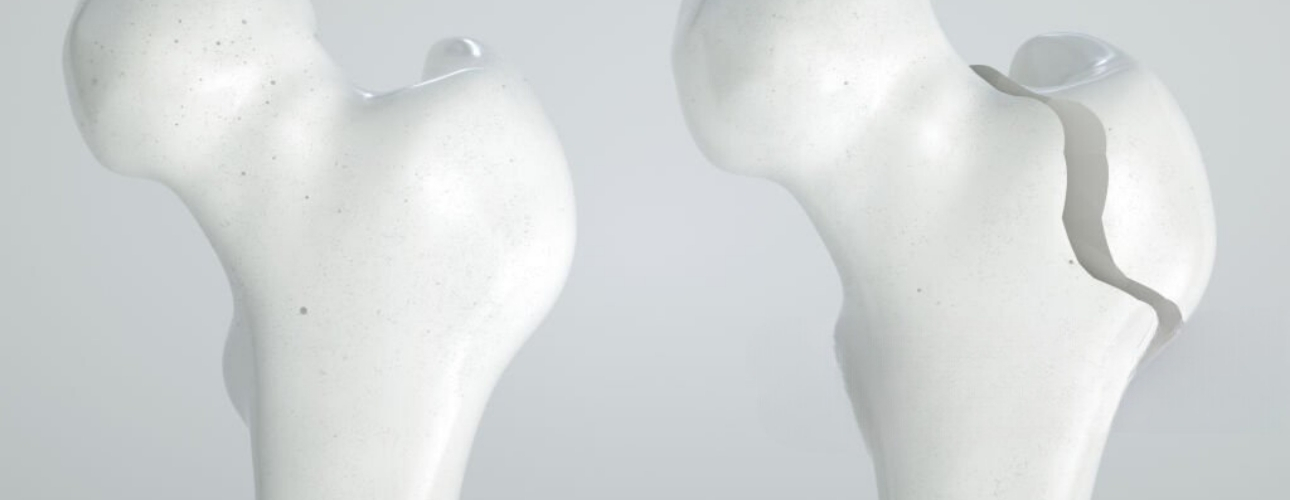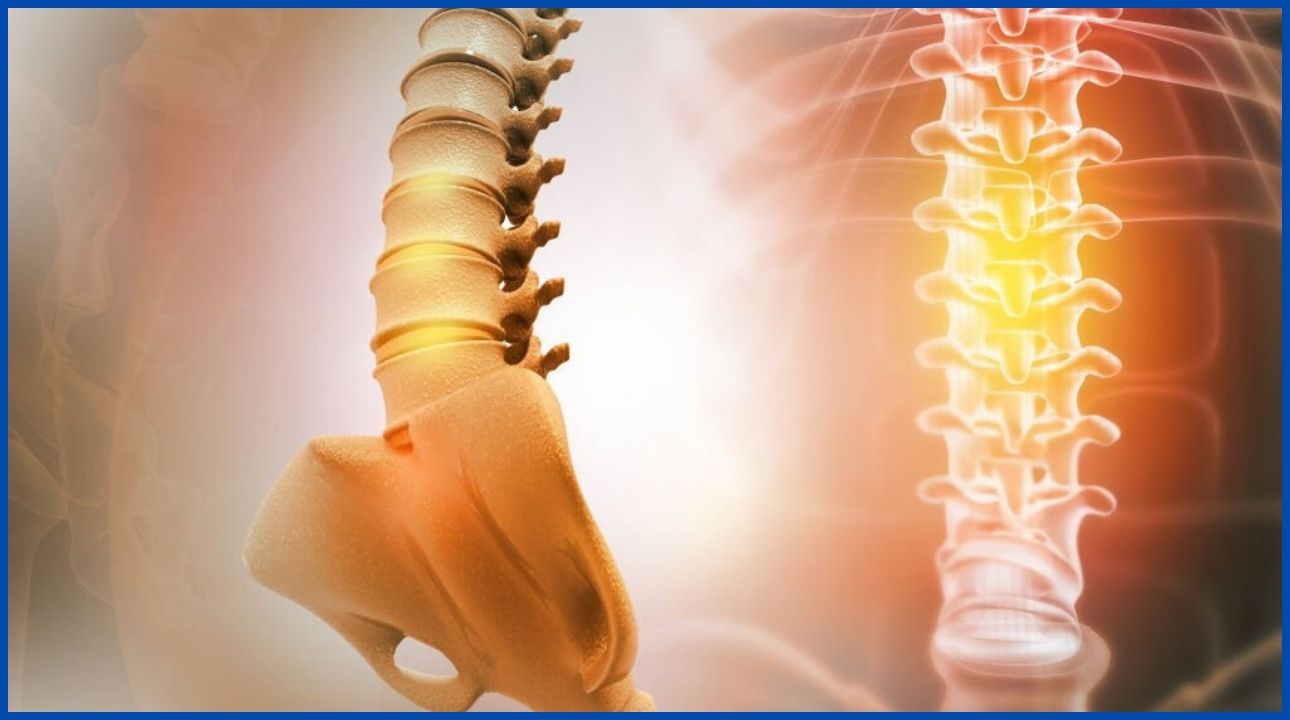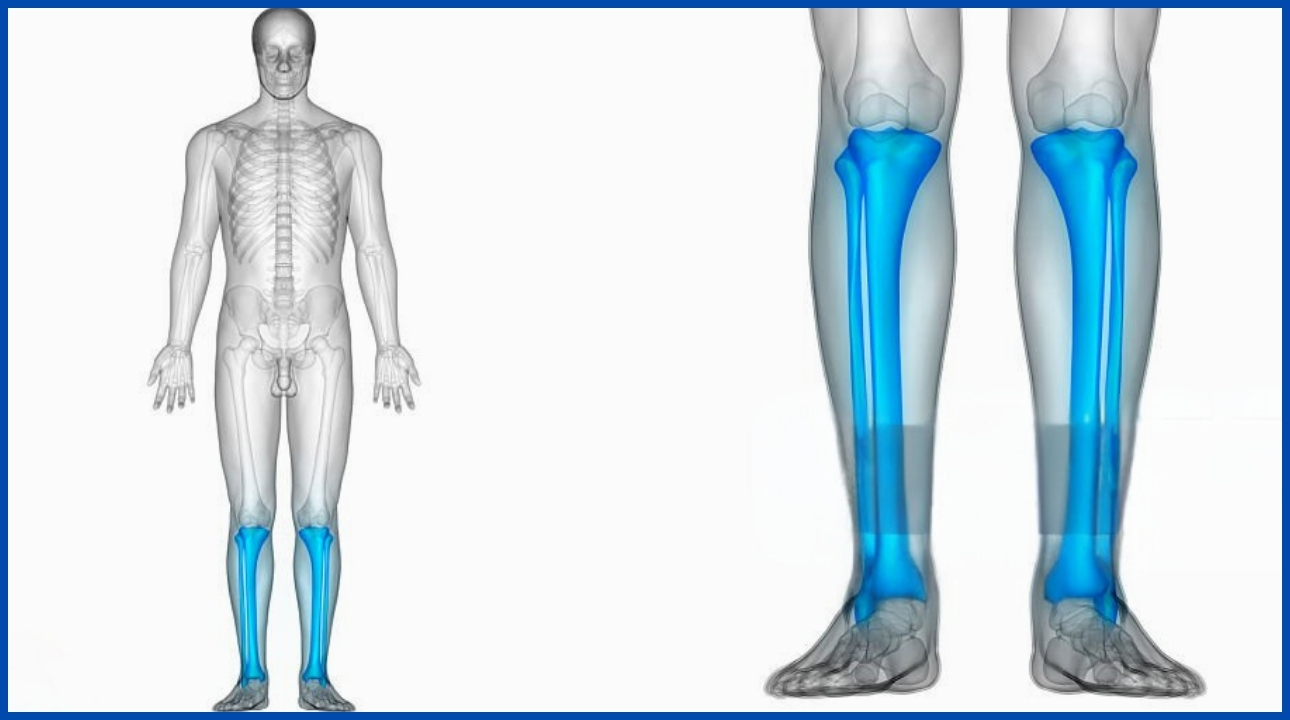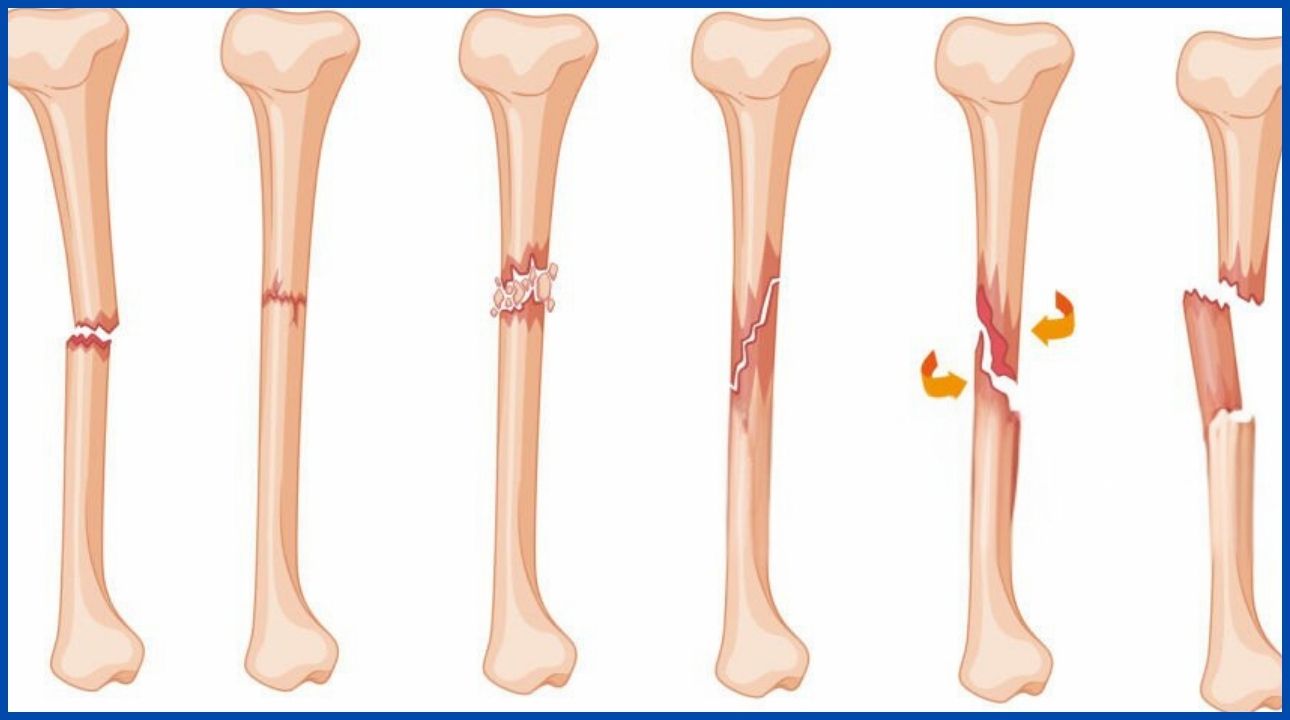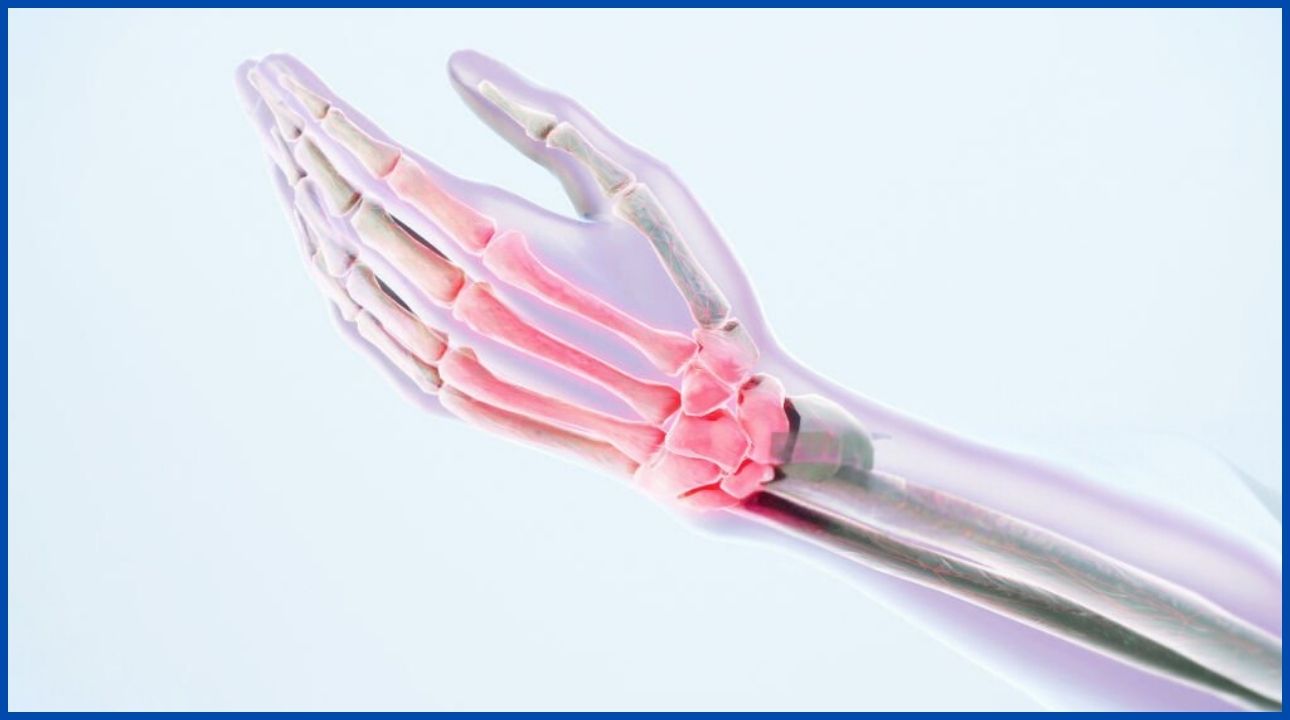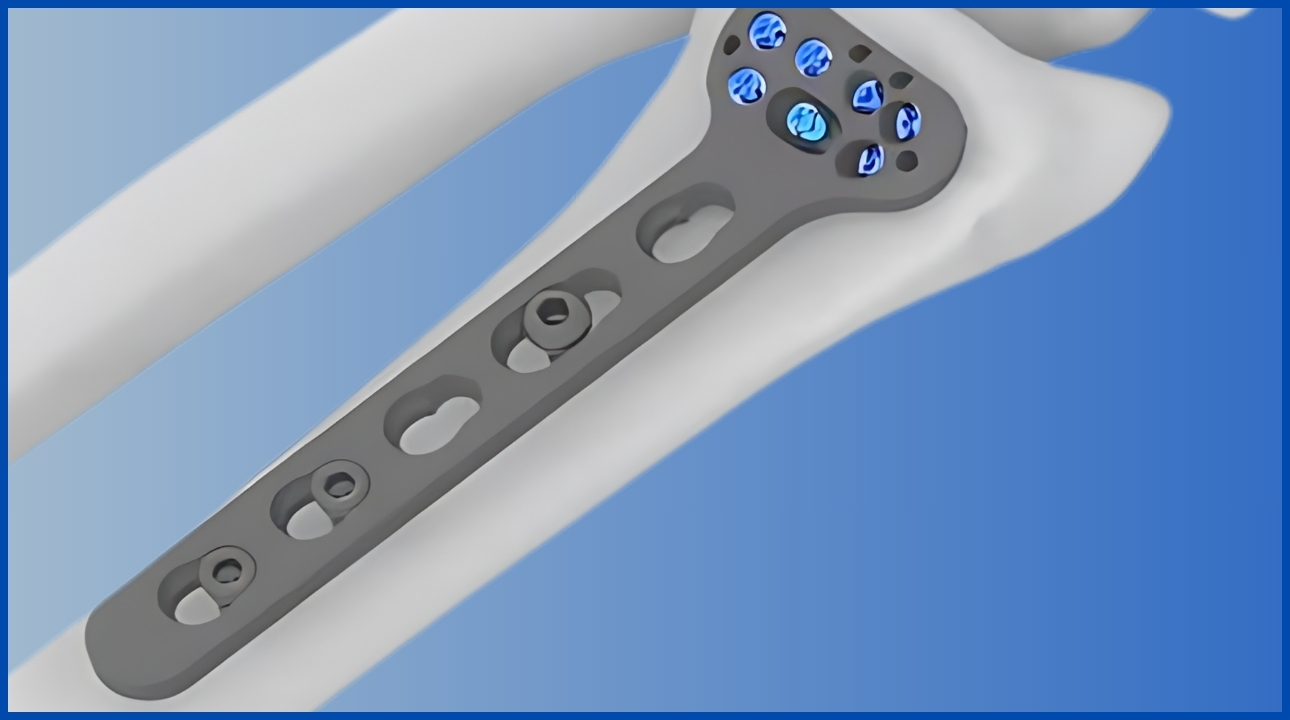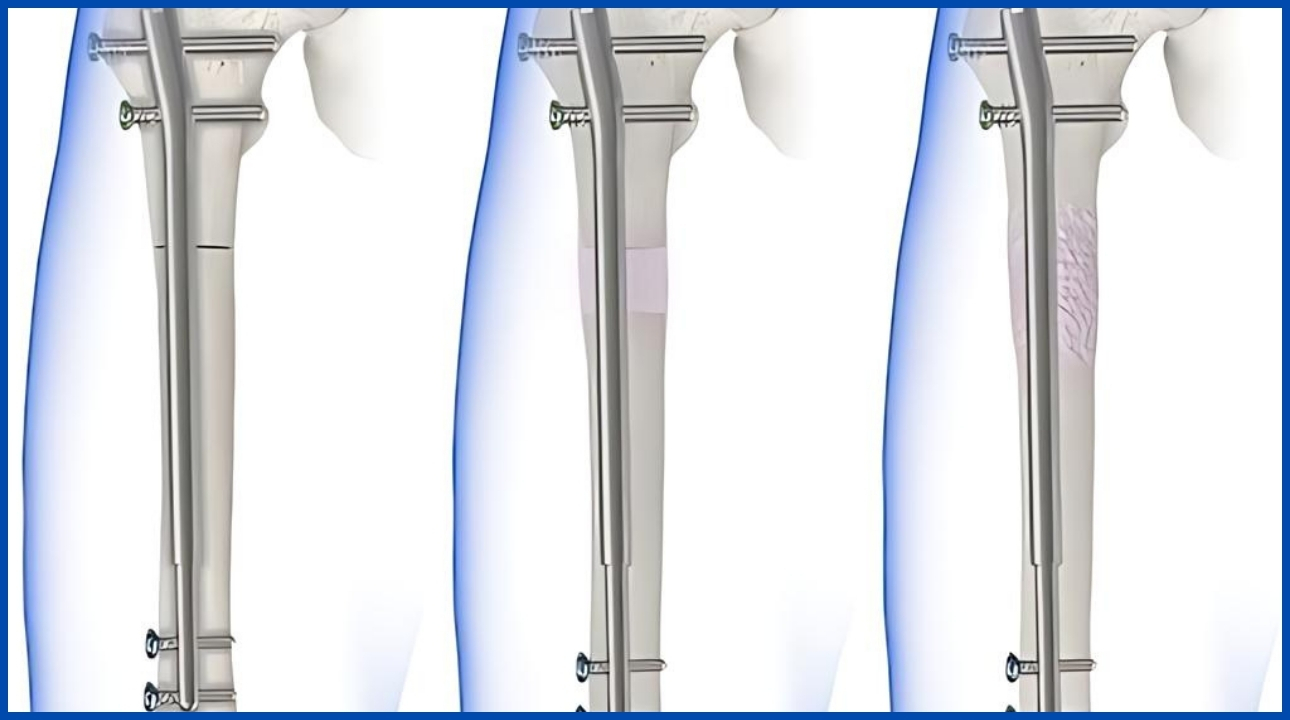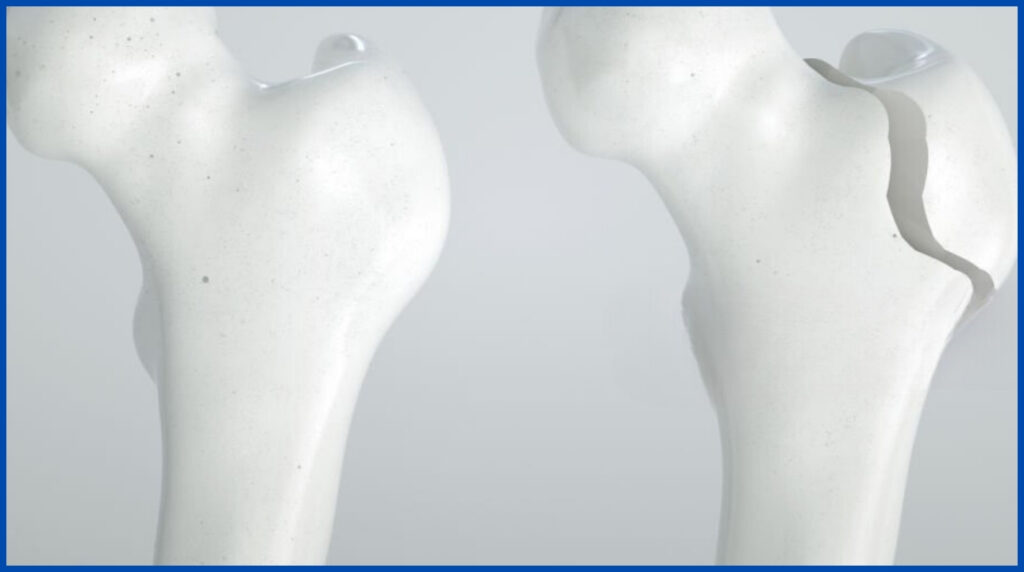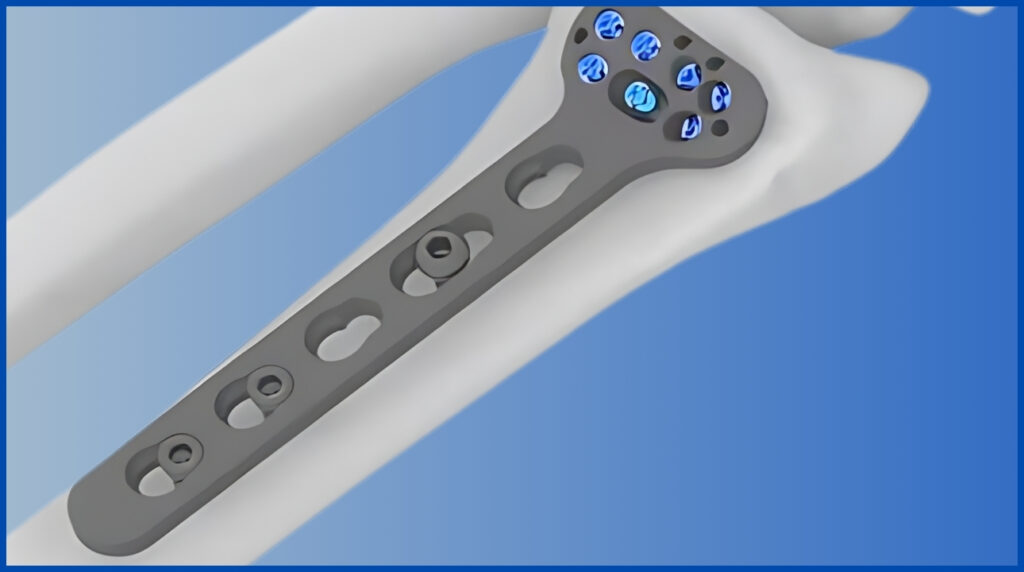
Blog
Comprehensive Guide to Tibia Bone Fractures and Implants
Tibia fractures are common injuries that affect the shinbone, the primary weight-bearing bone of the lower leg. These fractures can result from trauma, sports injuries, or falls. In severe cases, surgical intervention is often necessary to stabilize the bone and support proper healing. A widely used surgical technique for tibia fractures is the use of plates. This article covers the types of tibia fractures, surgical treatment options involving plates, and essential details about the procedure.
Understanding Tibia Fractures
The tibia, or shinbone, is vulnerable to fractures due to its location and the forces it endures during physical activity. Tibia fractures can be classified into different types, including stable fractures, displaced fractures, open fractures, and comminuted fractures. Treatment varies based on the severity and location of the fracture.
Types of Tibia Fracture Plates
Two primary types of orthopedic plates are used to address tibia fractures affecting the medial (inner) side of the bone:
- – Proximal Medial Tibia Plate: This plate stabilizes fractures or corrects deformities in the upper tibia near the knee joint. It’s typically made from titanium or stainless steel, designed to fit the anatomy of the proximal tibia, and is affixed with screws for stability and support during healing. Proximal medial tibia plates are often used in complex fractures or when non-surgical treatments are not effective.
- – Distal Medial Tibia Plate: This plate is used for fractures or deformities near the lower part of the tibia, close to the ankle. Constructed from metal and shaped to fit the distal tibia anatomy, it is surgically secured to restore alignment, promote healing, and stabilize the affected area. Distal medial tibia plates are commonly applied in cases of ankle or severe distal tibia fractures.
Implants for Proximal Tibia Fractures
Orthopedic implants for proximal tibia fractures include:
- – Proximal Tibia Plate: Designed specifically for upper tibia fractures near the knee, typically crafted from titanium or stainless steel for a precise fit and stability.
- – Intramedullary Nail: A long metal rod inserted into the tibia’s medullary canal, often used for fractures extending into the bone’s shaft.
- – External Fixator: Employed in complex fractures or cases involving significant soft tissue damage, this device consists of metal pins or screws inserted into the bone above and below the fracture.
Proximal Tibia Plate
The proximal tibia plate is a specialized implant used to treat fractures or deformities in the upper tibia near the knee. Constructed from biocompatible metals like titanium or stainless steel, it is contoured to fit the proximal tibia’s anatomy, ensuring stability and alignment during healing. Equipped with multiple screw holes for secure fixation, some plates also feature locking screw options for enhanced fixation strength. Specifications like size and curvature vary to suit different anatomies and fracture patterns.
Distal Tibia Plate
The distal tibia plate is an orthopedic implant designed for fractures near the lower tibia, close to the ankle joint. Made from biocompatible metals, it provides stability, support, and alignment to facilitate proper healing. Its contoured shape ensures a precise fit, while multiple holes allow for secure screw fixation. Many distal tibia plates also feature locking screw options for added strength. Various sizes and designs are available to address diverse patient needs and fracture patterns, allowing flexibility in surgical techniques.
Benefits of Distal Tibia Plates
Distal tibia plates offer essential stability and alignment for fractures near the ankle, supporting effective healing and mobility restoration. These plates are vital for ensuring a secure recovery in complex fractures affecting the distal portion of the tibia.
Orthopedic Implants for Tibia Fractures
Orthopedic implants play a crucial role in tibia fracture treatment, providing essential stability, alignment, and support for a successful recovery. With a focus on high-quality materials and innovative designs, these implants are instrumental in restoring patient mobility and quality of life.
Other Blog
Stay Connected
We're here to assist you! If you have any questions or need information about the products available on our website, please don’t hesitate to reach out.
Join the Conversation
Subscribe to our newsletter and follow us for updates and offers. We’d love to stay in touch!
Location
- Plot No. 1/2, 2&3, Survey No. 605, JD Industrial Area -1 Ravki - Makhavad Road, Ravki, Rajkot, Gujarat - 360 004


